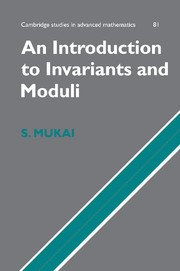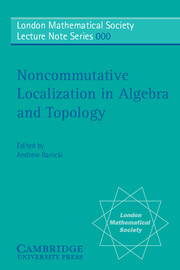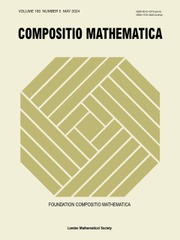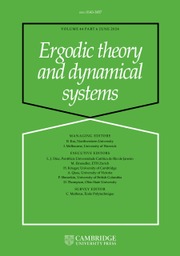An Introduction to Invariants and Moduli
Incorporated in this 2003 volume are the first two books in Mukai's series on moduli theory. The notion of a moduli space is central to geometry. However, its influence is not confined there; for example, the theory of moduli spaces is a crucial ingredient in the proof of Fermat's last theorem. Researchers and graduate students working in areas ranging from Donaldson or Seiberg-Witten invariants to more concrete problems such as vector bundles on curves will find this to be a valuable resource. Amongst other things this volume includes an improved presentation of the classical foundations of invarant theory that, in addition to geometers, would be useful to those studying representation theory. This translation gives an accurate account of Mukai's influential Japanese texts.
- Two volumes of the series bound as one
- Many applications to other areas of maths
Reviews & endorsements
Review of the hardback: 'The book contains a great amount of material, but it remains very readable. The author has obviously put a lot of effort into making even the complicated topics accessible.' Gábor Megyesi, UMIST
Product details
November 2012Paperback
9781107406360
524 pages
229 × 152 × 30 mm
0.76kg
Available
Table of Contents
- 1. Invariants and moduli
- 2. Rings and polynomials
- 3. Algebraic varieties
- 4. Algebraic groups and rings of invariants
- 5. Construction of quotient spaces
- 6. Global construction of quotient varieties
- 7. Grassmannians and vector bundles
- 8. Curves and their Jacobians
- 9. Stable vector bundles on curves
- 10. Moduli functors
- 11. Intersection numbers and the Verlinde formula
- 12. The numerical criterion and its applications.










